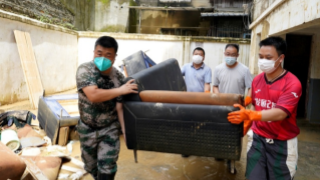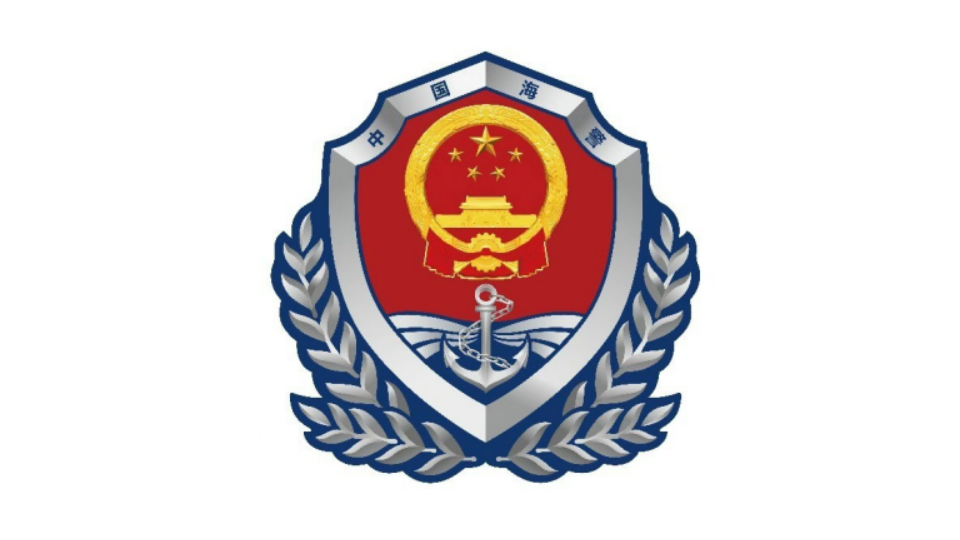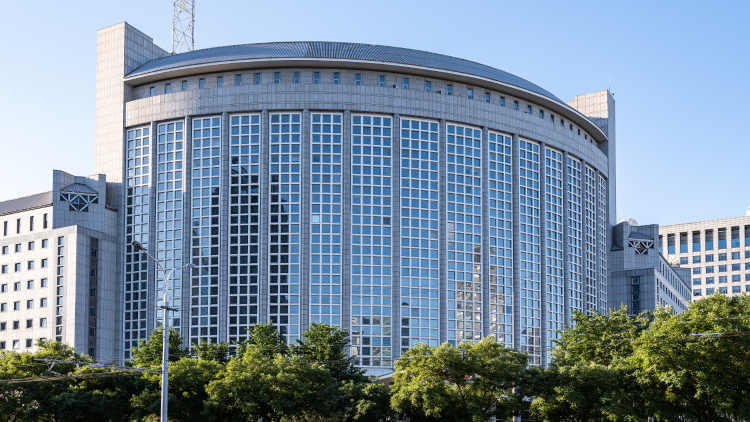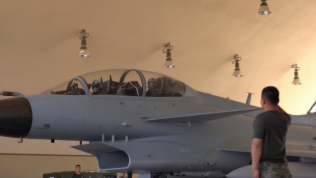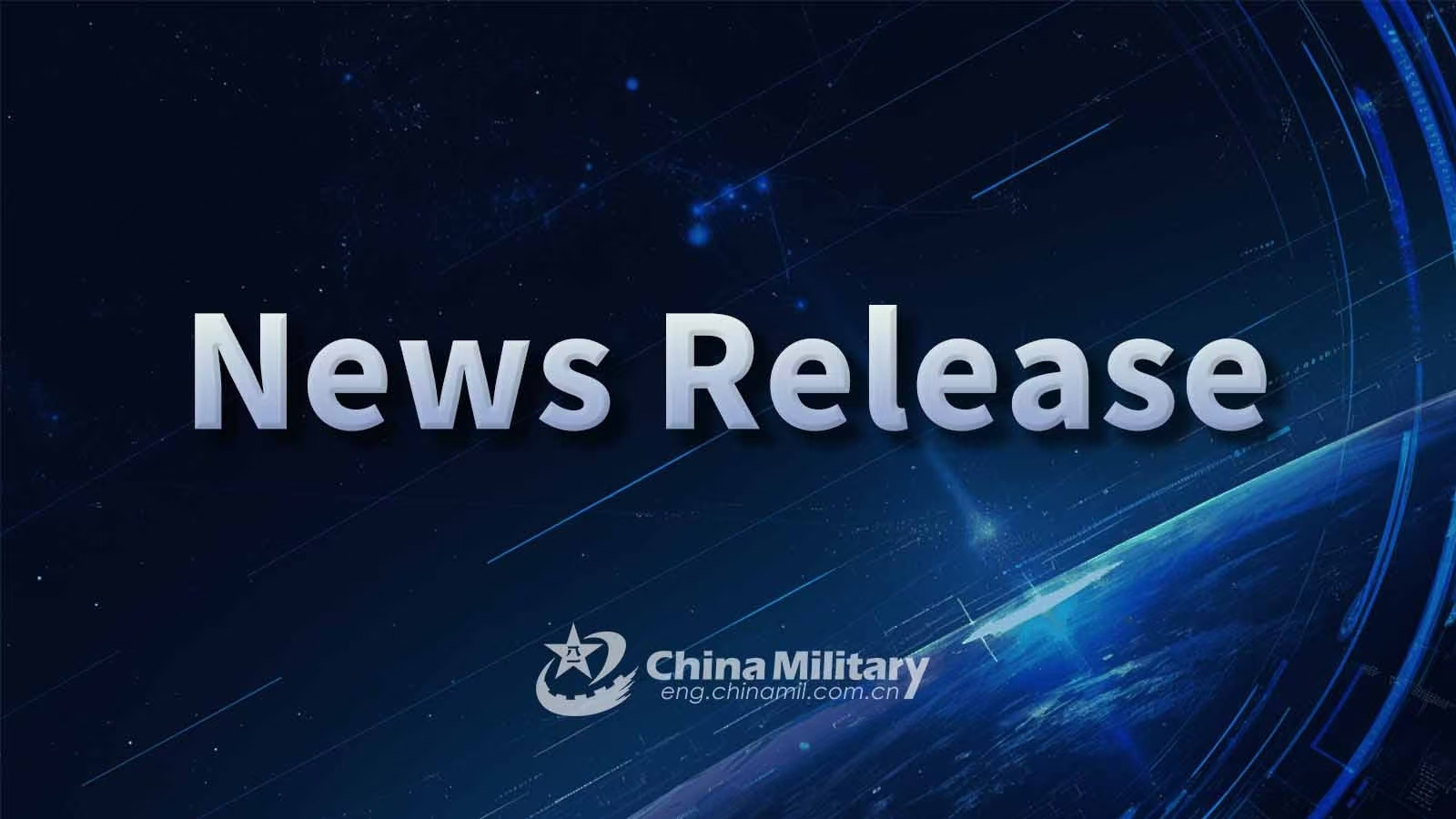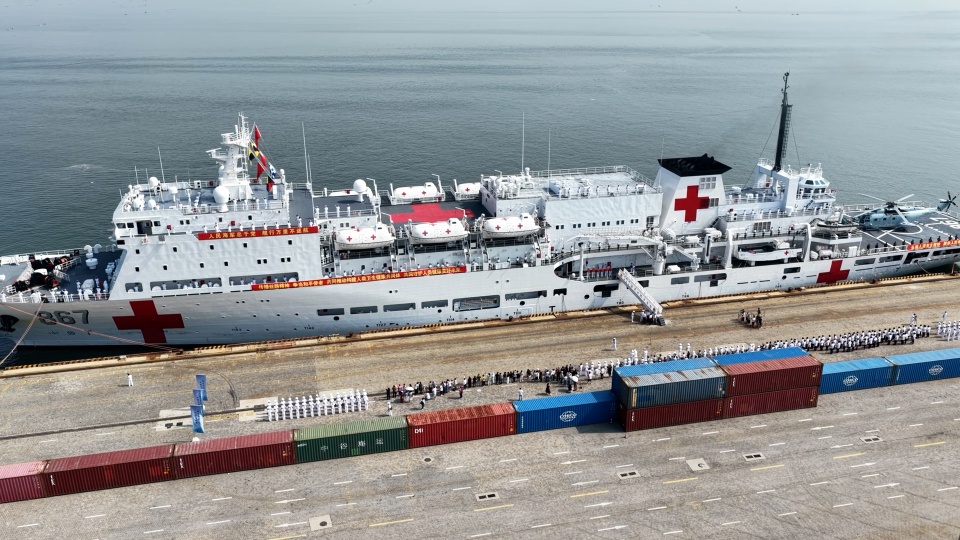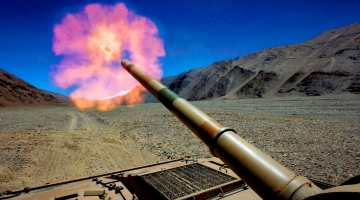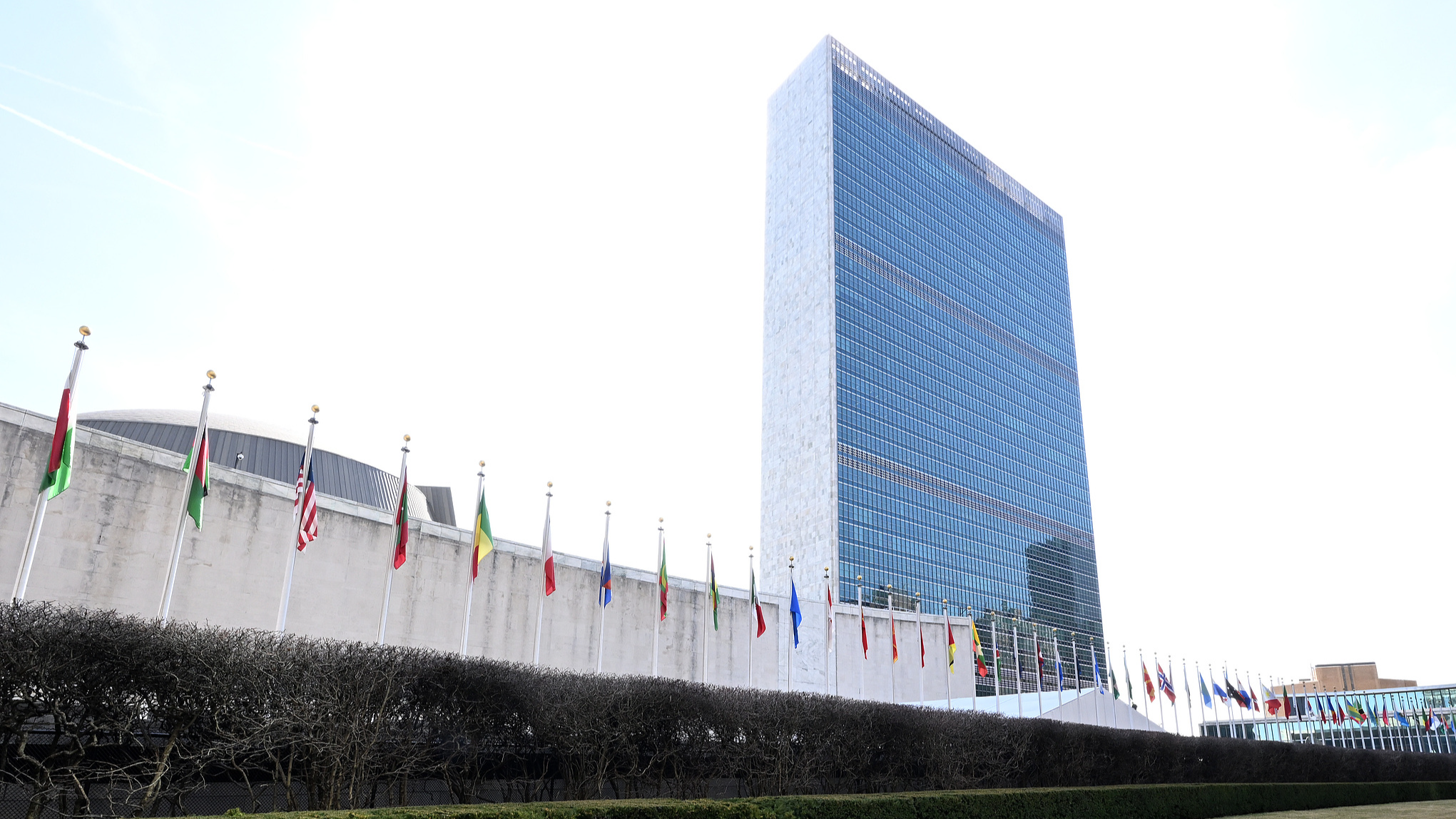
A view of the United Nations building on March 14, 2025 in New York City. /VCG
Post-World War II international institutions, forged through unprecedented collaboration, continue to shape global governance amid evolving challenges to peace and multilateralism.
The United Nations, established in 1945, marked a watershed in global cooperation by embedding collective security and development into international relations. Emerging from the ashes of war, its Charter enshrined principles of sovereign equality, peaceful dispute resolution and multilateral action—values tested yet upheld through crises spanning the Cold War to the fight against COVID-19.
The UN's specialized agencies further institutionalized transnational collaboration. The World Health Organization (WHO), for instance, built on the groundwork of its predecessor—the League of Nations Health Organization (LNHO)—which standardized disease surveillance, coordinated epidemic responses and directed aid to vulnerable regions during the interwar years.
Key initiatives, such as the Far-Eastern Epidemiological Intelligence Bureau in Singapore—tasked with monitoring outbreaks across Asia and Africa—were later integrated into the WHO's global health architecture, cementing a legacy of resilience.
Trials of Adaptation
Decades later, this system faces fresh pressures. The World Trade Organization (WTO), a pillar of the post-war economic order, grapples with existential challenges as geopolitical rivalries and unilateral trade measures erode its dispute-resolution mechanisms. China, now a vocal advocate for WTO reform, has addressed modern issues like agricultural subsidies and digital trade rules while pushing to preserve special treatment for developing economies. In 2018, China partnered with the EU to salvage the WTO's Appellate Body, countering U.S. obstruction of judge appointments.

The entrance of the World Trade Organization (WTO) headquarters in Geneva, Switzerland, April 3, 2025. /VCG
Meanwhile, the China-proposed Belt and Road Initiative (BRI) has strategically aligned with existing multilateral frameworks. In Africa, BRI projects such as the Addis Ababa-Djibouti Railway and Mombasa-Nairobi Standard Gauge Railway dovetail with the African Union's Agenda 2063, which prioritizes continental infrastructure integration. Similarly, the China-Laos Railway exemplifies BRI's alignment with ASEAN's Master Plan on Connectivity 2025, illustrating how new initiatives complement, rather than replace, post-war institutional goals.
A System in Flux: Interdependence and Innovation
The interdependence enshrined in these institutions has been starkly highlighted by recent crises. During COVID-19, China accelerated aid to Africa, deploying personal protective equipment (PPE) donations, debt suspensions and hybrid medical missions—a response blending historical ties with pragmatic adaptation.
By October 2020, over 46 percent of China's pandemic-related aid targeted African nations, where pre-existing Chinese-built hospitals became critical treatment hubs. This effort built on decades of malaria-focused cooperation, particularly in high-incidence countries like Tanzania and Zambia.
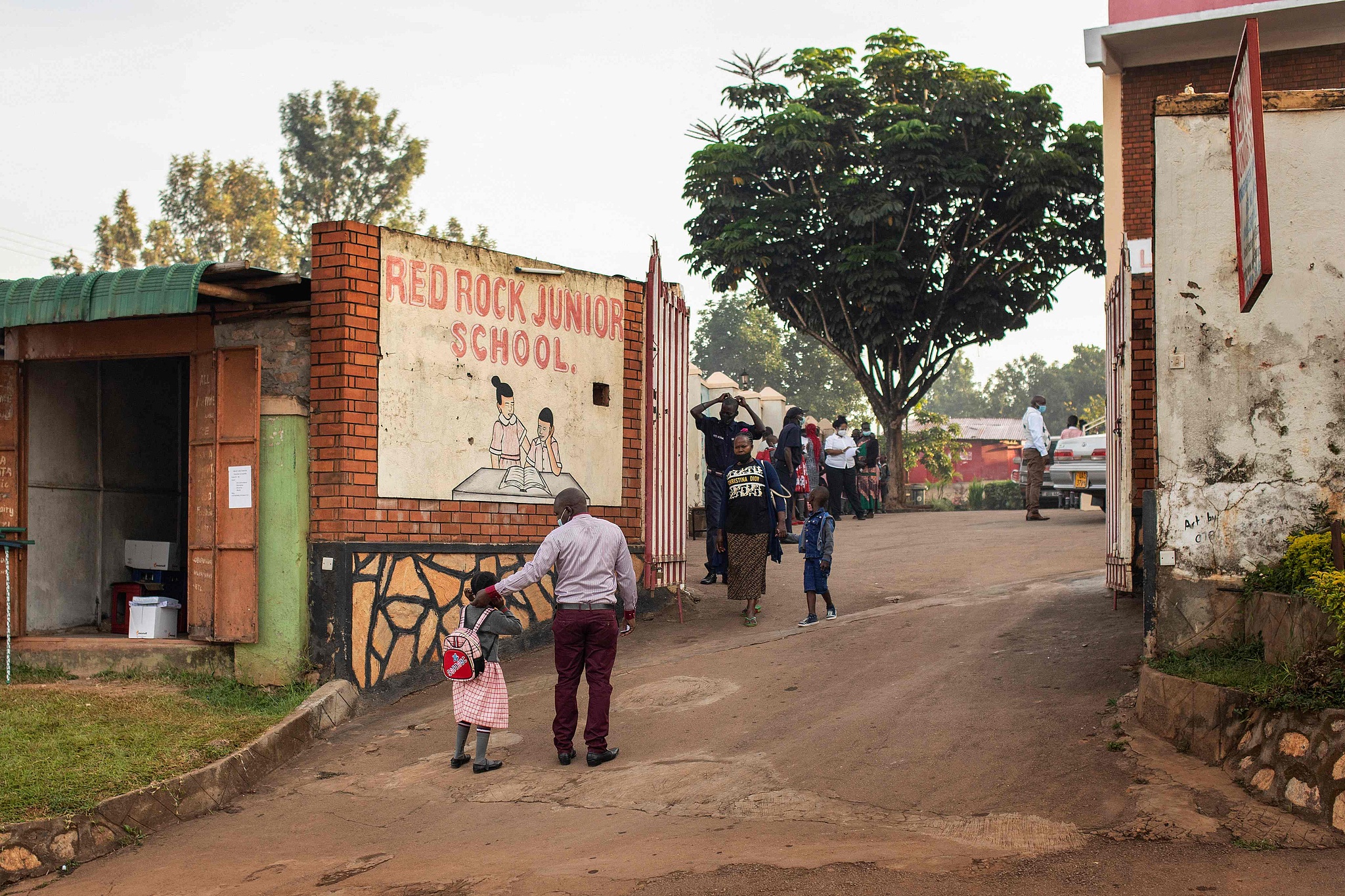
A parent walks his child to school on day one of re-opening following an almost two-year closure of learning institutions as part of government measures to curb the spread of COVID-19 in Kampala, Uganda on January 10, 2022. /VCG
Meanwhile, innovations in security governance reveal how post-war frameworks evolve without abandoning their core ethos. The UN Security Council's collective security model, for instance, has found renewed relevance through influential trans-regional mechanisms like the Shanghai Cooperation Organization (SCO), which merges counterterrorism drills with public health coordination. China's Global Security Initiative, advocating the concept of indivisible security, mirrors the UN Charter's principles, pledging to address disputes through dialogue rather than confrontation.
These adaptations underscore a broader rebalancing within the global order. While critics warn of fragmentation due to power shifts and institutional inertia, the surge in South-South cooperation and mechanisms like BRICS reflects not a rupture but a recalibration.
"Over the past 80 years, the United Nations has grown from 51 member states to 193, yet it, too, must adapt to the changing world," Wang Yiwei, director of the Institute of International Affairs at Renmin University of China, noted in a CGTN op-ed.





